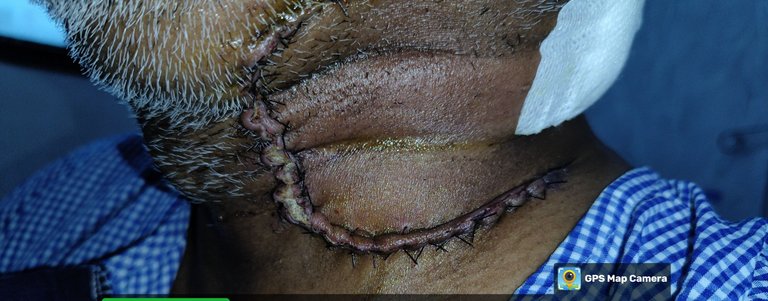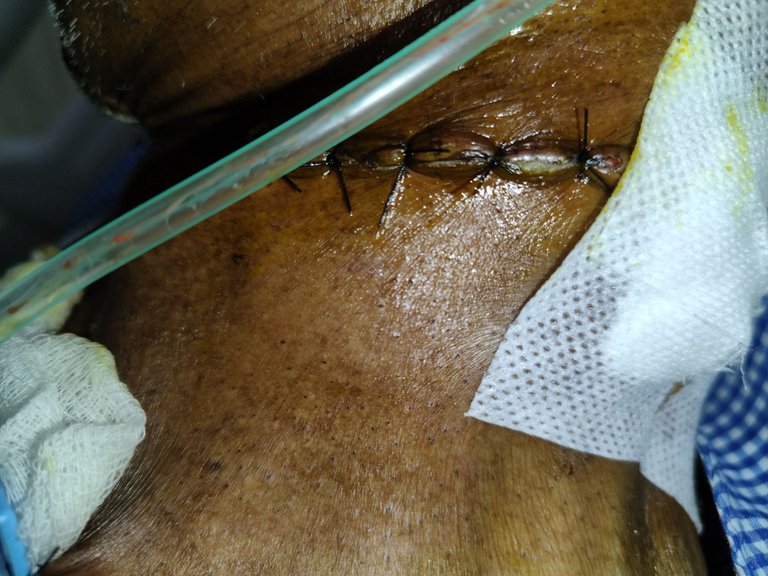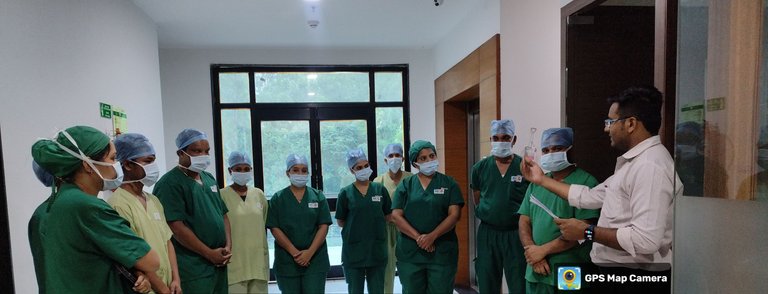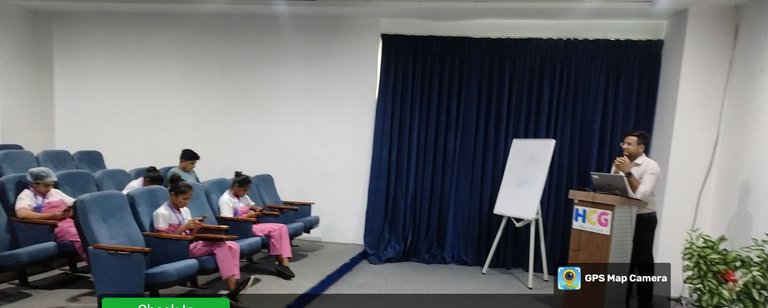From Improper Suturing to Infection and a responsible response from my side
Greetings of the day,
When I went to the ward round this morning, I checked the dressing after surgery of two patients of Head and Neck oncology. As soon as I removed the first dressing, my eyes went on the stitches. Something got wrong. When I looked closely from nearby, it came to know that sutures were not taken correctly. The edges of the skin were not fully connected and the gap was also visible at some places. There was a similar deficiency in the stitches of another patient. In a way, Closure Technique was not followed properly in both cases.

This small -looking mistake can become a big problem in the future, because Improper Suturing is a great cause of SSI (Surgical Site Infection). I immediately took the photo and noted the observation.

After this, in the afternoon I kept a small training session in which Surgeon, OT Technician and Nursing Staff called. I showed pictures of the stitches of both the patients and explained to everyone that Suturing is not just a formal process, it is directly connected to the patient safety and wound healing. I also told that wrong suturing increases the risk of infection manifold, and later there is also trouble in dressing.

Then told everyone about the correct closure technique, such as alignment of wound edges, tension-free stitches and proper knoting. OT Technicians and Nurses also told that if the closure is not right, it is necessary to inform the Senior.

By evening, the dressing of both the patients was re -conducted. Surgeon himself came and re-evaluated and also accepted the mistake. In this whole process, it was revealed again that small clinical observation is also very important. If we had done ignore today, the infection could have been developed yesterday.
My role in Infection Control is not limited to observation just, but I try to make an understanding of the right clinical practices in the entire team and spread the awareness at every level. Surgical Site Infection (SSI) is an infection that occurs after surgery at the place where incision is made. If it is not known at the right time or infection Control Protocols Follow, it can make the patient's condition serious. This is the reason why I continuously do small sessions with Nursing Staff, Surgeons and OT Technicians, so that everyone understands how SSI can be stopped, what are its symptoms and what steps should be taken immediately when you see infection. I like it when my team discuses an openly discuses instead of hiding a mistake and tries to improve and this is the real infection control culture.
THANK YOU

Thanks for your contribution to the STEMsocial community. Feel free to join us on discord to get to know the rest of us!
Please consider delegating to the @stemsocial account (85% of the curation rewards are returned).
Consider setting @stemsocial as a beneficiary of this post's rewards if you would like to support the community and contribute to its mission of promoting science and education on Hive.